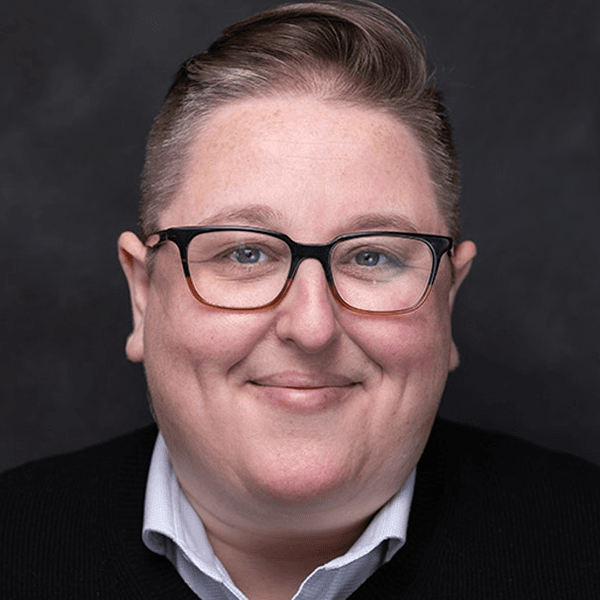Choose to reach both loyal audiences and new communities
↓ NextExperienced change-makers can get into a rhythm of engaging their go-to advocacy audiences, and lean only on these groups to reach their impact goals.
↓ NextBut only investing in who and what you already know can create unhelpful—and often inequitable—tunnel vision.
↓ NextIt takes resources, intentional engagement, and intel to reach the audiences that support your cause. From the media space you buy to reach them online, to the time your team puts into getting to know them, staying connected to people is a true investment.
↓ NextIf you find yourself disproportionately investing in one or two audiences you know well, you may be overlooking important opportunities to bring diverse new perspectives to your issue. You could even be excluding critical first-hand insight from folks with lived experience.
↓ Next
While honoring your relationships with the audiences you already know well, leave room to experiment with new messages and tactics that may appeal to populations you haven’t yet connected with.
Making large scale social change starts with people. When we are building any social impact project, we always want to think carefully about the audiences and communities we need to work with and speak to. This means thinking about both who we know needs to be mobilized and included to achieve our goals, and also how we can expand our programs and movements.
When working with any audience, it is important to put in the time to get to know them, to understand their worldview and meet them where they are, rather than where you think they are or want them to be. This can happen through partnerships with groups or leaders from the audiences we are seeking to engage, as well as through research and immersion - provided that we take care that these efforts are not extractive.
Building relationships and engaging with new audiences is an essential investment to take our work to the next level. By engaging with communities from a position of listening and authenticity, we can create better and more resonant content, engage powerful voices in helping to share our messages, and build credibility and trust. And, by actively seeking new ideas on an issue, we can often find new and innovative ideas to move the needle. We want to learn from evidence and experience, and we want to continue to work with folks we know are our allies, but also we can't continue to do the same things or build programs in our existing echo chambers and expect different results.
In communicating with both new and existing audiences, it is also critical that we are open to inputs, learning and changing direction to reflect the needs, values, and lived realities of the communities we are seeking to engage. From an equity perspective, this honors the knowledge and expertise of people and communities who may often be the targets of communications (for example from official sources) that don't necessarily speak to them or reflect their reality. And, we have learned time and again that meeting audiences where they are and with communications that feel authentic to their experience yields better results for our programs and is more likely to accomplish the social change objectives that we seek.